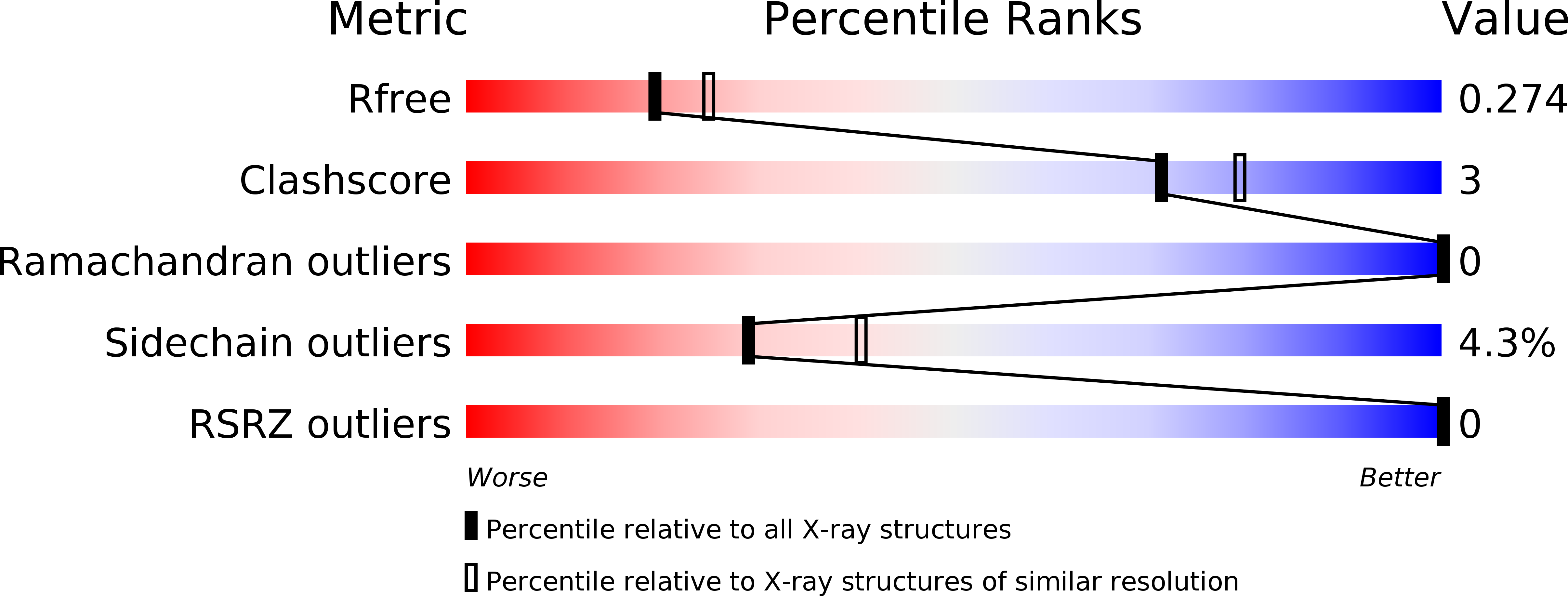
Deposition Date
2015-09-10
Release Date
2016-02-24
Last Version Date
2024-10-09
Entry Detail
PDB ID:
5DNJ
Keywords:
Title:
Mouse Polo-box domain and Peptide analog 702
Biological Source:
Source Organism:
Mus musculus (Taxon ID: 10090)
synthetic construct (Taxon ID: 32630)
synthetic construct (Taxon ID: 32630)
Host Organism:
Method Details:
Experimental Method:
Resolution:
2.30 Å
R-Value Free:
0.27
R-Value Work:
0.19
R-Value Observed:
0.19
Space Group:
P 21 21 21


